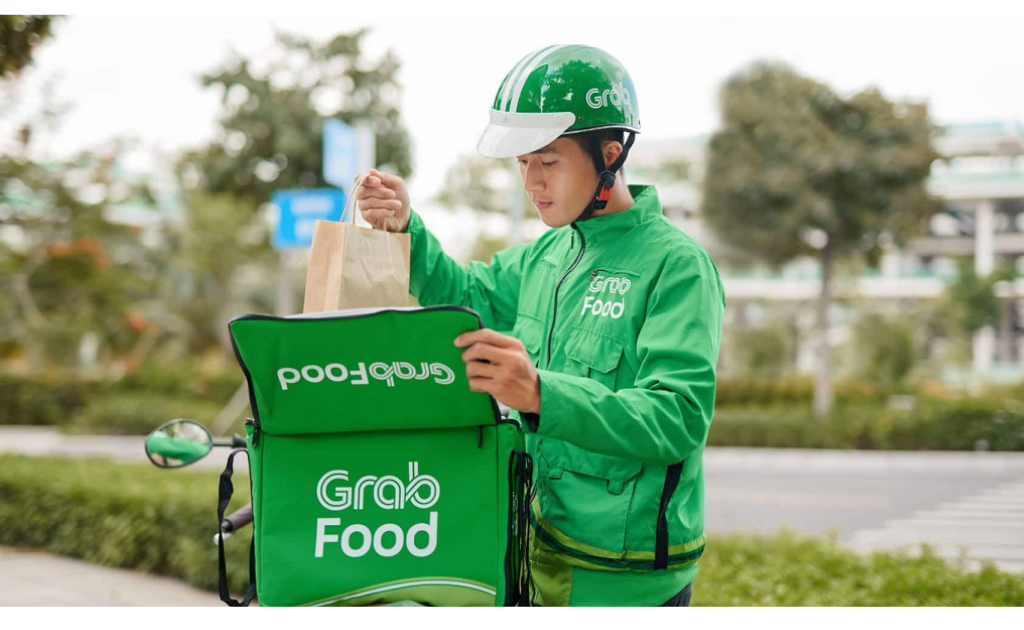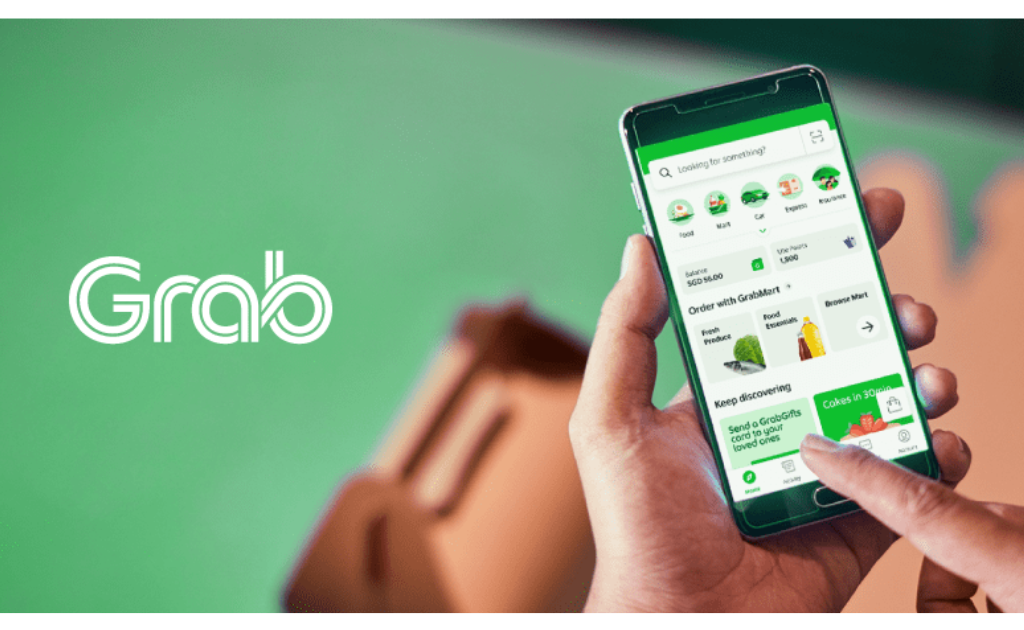Table of Contents
I. Introduction
In the fast-paced digital era, the term “Grab” has become synonymous with convenience, transforming the way people commute, dine, and manage finances. This article delves into the evolution and impact of Grab, exploring its journey from a ride-hailing service to a multifaceted super app.
II. Evolution of Grab
Origins and Founding: Grab, founded in [year], started as a humble ride-hailing service in [location]. Its visionary founders envisioned a comprehensive digital platform to address diverse needs.
Initial Services: Initially offering ride-hailing, Grab strategically expanded its services, incorporating financial solutions and food delivery into its ecosystem.
Expansion Strategies: Grab’s expansion went beyond geographical boundaries. Strategic partnerships, acquisitions, and a customer-centric approach fueled its growth.
III. Key Features of Grab
Ride-Hailing Services: Grab’s core service remains ride-hailing, providing a seamless and reliable commuting experience.
Financial Services: Grab’s foray into financial services introduced mobile payments, a digital wallet, and collaborations with banks for enhanced financial inclusivity.
Food Delivery: GrabFood emerged as a major player in the food delivery industry, offering a vast network of restaurants and ensuring a user-friendly ordering process.
Super App Concept: Grab’s integration of diverse services under the super app concept enhanced user convenience, making it a one-stop solution for daily needs.

IV. Grab’s Impact on Transportation
Transformation of Commuting: Grab revolutionized commuting, offering a tech-savvy alternative to traditional taxis and public transportation.
Accessibility in Urban Areas: Grab’s services address the challenges of urban commuting, providing accessibility and reliability in congested cities.
Competing with Traditional Taxis: Grab’s success posed challenges to traditional taxi services, prompting them to adapt technologically.
V. Grab Financial Services
Mobile Payments: GrabPay’s mobile payment system streamlined transactions, promoting a cashless society and enhancing financial efficiency.
Digital Wallet: The GrabWallet became a central hub for financial transactions, fostering digital financial literacy among users.
Banking Partnerships: Collaborations with banks strengthened Grab’s financial ecosystem, creating a symbiotic relationship that benefited users and financial institutions.
VI. GrabFood: Revolutionizing Food Delivery
Market Penetration: GrabFood’s strategic entry into the food delivery market disrupted the industry, providing users with an extensive array of culinary options.
Seamless Ordering Experience: GrabFood’s user-friendly interface and efficient delivery network elevated the overall food ordering experience.
Delivery Network: GrabFood’s extensive delivery network ensured timely and reliable food delivery, creating a win-win situation for users and restaurants.
VII. Super App Concept Explained
Integration of Services: The super app concept brought together ride-hailing, financial services, and food delivery, creating a versatile and user-friendly platform.
User Convenience: Grab’s super app ensured user convenience by eliminating the need for multiple apps, offering a holistic solution within a single platform.
Competitive Edge: The super app concept gave Grab a competitive edge, setting it apart from single-service providers and fostering user loyalty.
VIII. Grab’s Role in Digitalization
Technological Innovations: Grab’s continuous investment in technology led to innovations that not only enhanced user experience but also contributed to the overall digitalization of societies.
Data-Driven Decision Making: Grab’s reliance on data analytics for decision-making improved service efficiency and personalized user experiences.
[Continue the article following the outline, incorporating a conversational tone, engaging the reader, and using rhetorical questions, analogies, and metaphors as appropriate.]

XV. Conclusion
In conclusion, Grab’s journey from a ride-hailing service to a multifunctional super app symbolizes the transformative power of innovation and adaptability in the digital age. As Grab continues to evolve, the impact on transportation, finance, and dining experiences is palpable, creating a ripple effect in local economies.
FAQs
Is Grab available in rural areas?
- Grab is primarily focused on urban areas but has been expanding its services to reach more diverse regions, including rural areas.
How secure is GrabPay for transactions?
- GrabPay employs robust security measures, including encryption and authentication protocols, ensuring the safety of financial transactions.
Can I schedule a ride in advance with Grab?
- Yes, Grab allows users to schedule rides in advance, providing added convenience for planning journeys.
What sets GrabFood apart from other food delivery services?
- GrabFood’s extensive delivery network, user-friendly interface, and a wide range of restaurant options distinguish it from other food delivery platforms.
How does Grab contribute to environmental sustainability?
- Grab is committed to sustainability, implementing green transportation options, reducing carbon footprints, and promoting eco-friendly practices.

